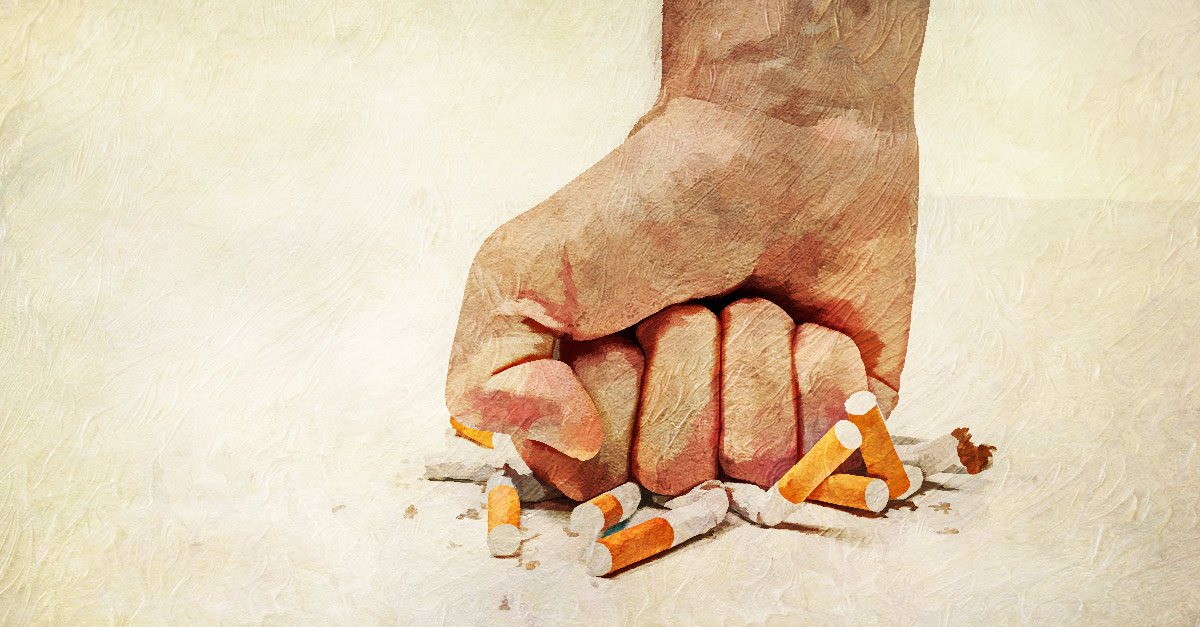Gums Cut Recovery Tips
The delicate and often painful process of recovering from gum cuts can be a challenging experience for many individuals. Whether it’s due to a minor accident, a dental procedure, or an underlying condition, gum cuts can be a setback to our daily lives. However, with the right approach and a little patience, it’s possible to facilitate the healing process and minimize discomfort.
To begin with, it’s essential to understand that gum cuts, also known as gum lacerations, can be caused by a variety of factors. These may include accidental bites, sports injuries, or even seemingly harmless activities like eating hard or sharp foods. In some cases, gum cuts can also be a symptom of an underlying condition, such as gum disease or a vitamin deficiency.
When it comes to recovery, there are several key tips to keep in mind. Firstly, it’s crucial to maintain good oral hygiene, even if it’s painful to brush or floss. Gently cleaning the affected area with a soft-bristled toothbrush and mild mouthwash can help prevent infection and promote healing. Additionally, applying a cold compress to the area can help reduce swelling and alleviate pain.
Another crucial aspect of gum cut recovery is nutrition. Eating a balanced diet rich in vitamins and minerals, particularly vitamin C and zinc, can help boost the immune system and facilitate the healing process. Foods that are rich in antioxidants, such as leafy greens and berries, can also help reduce inflammation and promote overall health.
In terms of specific remedies, there are several natural and over-the-counter options available. For example, applying a topical anesthetic like Orajel or Anbesol can help numb the area and reduce pain. Additionally, using a desensitizing toothpaste or mouthwash can help alleviate sensitivity and discomfort.
It’s also important to note that, in some cases, gum cuts may require professional attention. If the cut is deep, bleeding heavily, or showing signs of infection, it’s essential to seek medical attention from a dentist or healthcare professional. They can provide guidance on the best course of treatment and help prevent further complications.
To further facilitate the healing process, there are several additional tips to keep in mind. For example, avoiding smoking and tobacco products, which can impede healing and reduce blood flow to the gums, is crucial. Additionally, managing stress through relaxation techniques like meditation or deep breathing can help reduce inflammation and promote overall health.
Step-by-Step Guide to Gum Cut Recovery
- Apply a cold compress to the affected area to reduce swelling and alleviate pain
- Gently clean the area with a soft-bristled toothbrush and mild mouthwash
- Apply a topical anesthetic or desensitizing toothpaste to reduce pain and sensitivity
- Eat a balanced diet rich in vitamins and minerals, particularly vitamin C and zinc
- Avoid irritating the affected area and allow it time to heal
In conclusion, recovering from gum cuts requires a combination of good oral hygiene, proper nutrition, and patience. By following these tips and seeking professional attention when necessary, individuals can facilitate the healing process and minimize discomfort. Remember, a healthy and balanced lifestyle is key to maintaining overall health and well-being, including the health of our gums.
How long does it take for gum cuts to heal?
+The healing time for gum cuts can vary depending on the severity of the cut and the individual's overall health. Generally, minor gum cuts can heal within a few days to a week, while more severe cuts may take several weeks to heal.
What are the signs of infection in gum cuts?
+Signs of infection in gum cuts can include increased redness, swelling, and pain, as well as pus or discharge from the affected area. If you experience any of these symptoms, it's essential to seek medical attention from a dentist or healthcare professional.
Can I use homemade remedies to treat gum cuts?
+While some homemade remedies, such as applying a cold compress or using a saltwater rinse, can help alleviate discomfort and promote healing, it's essential to consult with a dentist or healthcare professional before using any remedies, especially if the cut is deep or showing signs of infection.
Ultimately, by prioritizing good oral hygiene, proper nutrition, and patience, individuals can facilitate the healing process and minimize discomfort associated with gum cuts. Remember, a healthy and balanced lifestyle is key to maintaining overall health and well-being, including the health of our gums.

